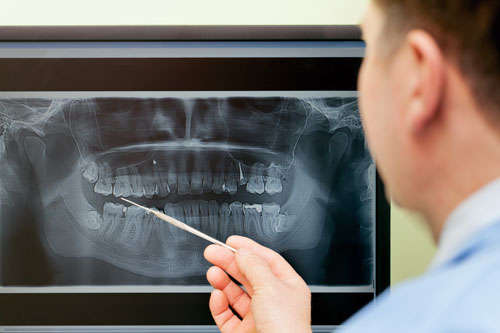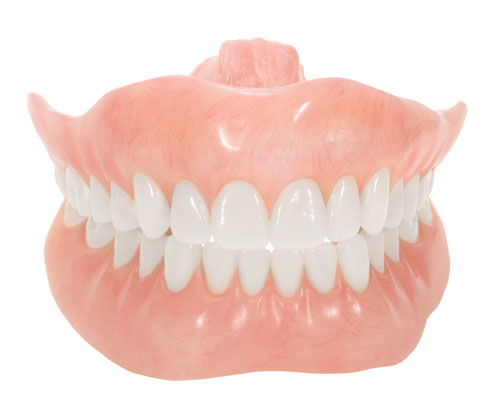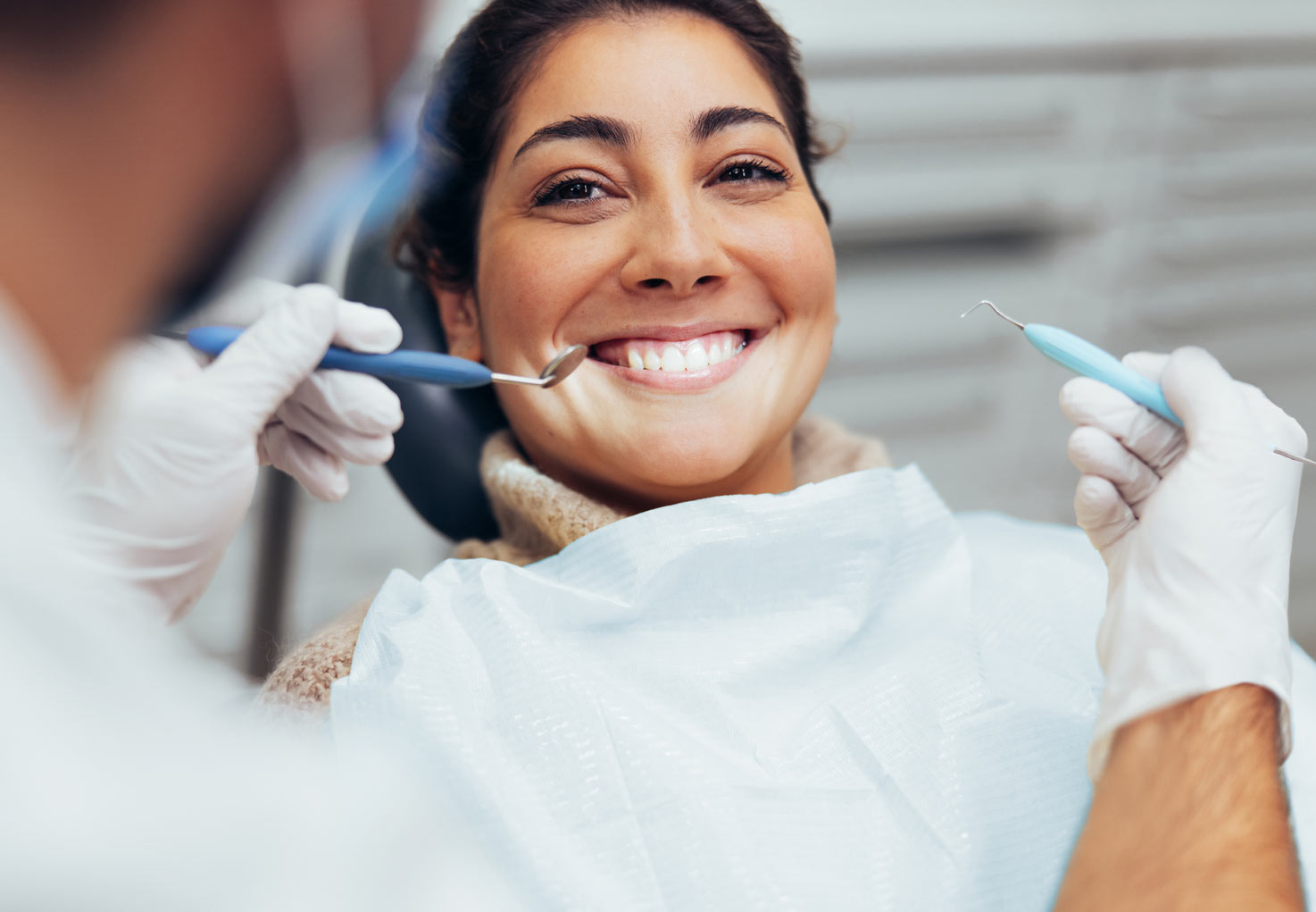Health and Safety KPIs: How to Calculate & Create KPI Reports
Why Focus on Safety KPIs Now?
Speakup4Safety App in KPIs serve as early indicators of potential safety risks. They help identify gaps before they turn into incidents. Data-driven industries now expect teams to track performance through KPIs. It’s not just smart, it’s standard.
Companies that use real-time safety KPIs have reported:
Fewer delays in hazard response
Faster compliance checks
Clearer accountability within teams
What Are Health and Safety KPIs?
Health and Safety KPIs are measurable values used to track how well an organization is performing in terms of workplace safety. They help monitor the effectiveness of safety initiatives and highlight areas that need improvement.
Real-World Examples:
Incident Rate: Measures the frequency of accidents or injuries within a given timeframe.
Lost Time Injury Frequency Rate (LTIFR): Tracks the number of injuries that result in lost workdays.
Safety Training Completion: Tracks employee participation in mandatory safety training sessions.
Near Misses Reported: Tracks the number of near misses reported in the workplace.
KPIs help prevent incidents before they occur. They also allow companies to set clear goals, track progress, and improve safety over time.
Types of Health and Safety KPIs You Should Monitor
When it comes to tracking health and safety performance, you need to focus on both leading indicators and lagging indicators.
Leading Indicators:
Training Attendance: Tracks how many employees have completed mandatory safety training.
Safety Meeting Frequency: Measures how often safety meetings are held within the organization.
Hazard Observations: Measures how often employees report or observe workplace hazards.
Lagging Indicators:
Incident Count: The total number of accidents or injuries reported.
Lost-Time Injuries: The number of work-related injuries that result in lost time.
Severity Rate: Measures the severity of incidents based on injury duration or impact.
Balancing both types of indicators is key to achieving a holistic view of workplace safety. Leading indicators can predict future risks, while lagging indicators provide insights into past performance and safety effectiveness.
kpi come si calcola (Calculator): How to Calculate KPIs Correctly
To get accurate insights from your safety KPIs, it’s important to know exactly how they are calculated. Below are key formulas used to measure common health and safety indicators, helping you track progress with real, reliable numbers.
1. TRIR (Total Recordable Incident Rate)
TRIR is a standard safety KPI used to measure the number of recordable workplace injuries per 100 full-time employees over a one-year period.
It’s a way to normalize incident data across companies of different sizes, making comparisons fair and meaningful.
TRIR Formula:
TRIR = (Total Recordable Incidents × 200,000 / Total Hours Worked)
200,000 is a standard benchmark representing the number of hours 100 full-time employees work in a year (based on 40 hours/week × 50 weeks/year × 100 workers).
Total Recordable Incidents include OSHA-defined cases: lost workdays, restricted work, medical treatment beyond first aid, etc.
Total Hours Worked is the actual number of hours worked by all employees in a year.
Calculate your Total Recordable Incident Rate (TRIR) below to evaluate workplace safety and track incident trends effectively.
2. LTIFR (Lost Time Injury Frequency Rate)
LTIFR measures how often workplace injuries result in lost time, based on hours worked. It’s a key safety KPI used across industries to evaluate safety performance and identify risks.
LTIFR Formula:
LTIFR = (Number of Lost Time Injuries × 1,000,000 / Total Hours Worked)
Lost Time Injuries = Number of work-related injuries that caused an employee to miss at least one full workday.
1,000,000 = Standardized figure to reflect rate per one million hours worked.
Total Hours Worked = Total hours worked by all employees in the reporting period.
Calculate your Lost Time Injury Frequency Rate (LTIFR) below to assess safety performance and reduce workplace risks.
How These Figures Help Assess Risk Exposure and Performance:
TRIR and LTIFR give a clear view of overall safety performance. They help spot trends and highlight areas that need improvement.
For accurate KPI calculations, you need reliable data from incident reports, work hours, and injury logs.The reliability of your KPIs depends entirely on the accuracy of the underlying data.
To ensure your safety metrics reflect real conditions in the workplace, start with stronger reporting. Read our full blog — Incident Reporting Best Practices: Your Ultimate Guide , to learn how to improve data accuracy and build a reliable foundation for tracking safety performance.
Health and Safety KPIs: How to Calculate & Create KPI Reports
Why Focus on Safety KPIs Now?
Speakup4Safety App in KPIs serve as early indicators of potential safety risks. They help identify gaps before they turn into incidents. Data-driven industries now expect teams to track performance through KPIs. It’s not just smart, it’s standard.
Companies that use real-time safety KPIs have reported:
Fewer delays in hazard response
Faster compliance checks
Clearer accountability within teams
What Are Health and Safety KPIs?
Health and Safety KPIs are measurable values used to track how well an organization is performing in terms of workplace safety. They help monitor the effectiveness of safety initiatives and highlight areas that need improvement.
Real-World Examples:
Incident Rate: Measures the frequency of accidents or injuries within a given timeframe.
Lost Time Injury Frequency Rate (LTIFR): Tracks the number of injuries that result in lost workdays.
Safety Training Completion: Tracks employee participation in mandatory safety training sessions.
Near Misses Reported: Tracks the number of near misses reported in the workplace.
KPIs help prevent incidents before they occur. They also allow companies to set clear goals, track progress, and improve safety over time.
Types of Health and Safety KPIs You Should Monitor
When it comes to tracking health and safety performance, you need to focus on both leading indicators and lagging indicators.
Leading Indicators:
Training Attendance: Tracks how many employees have completed mandatory safety training.
Safety Meeting Frequency: Measures how often safety meetings are held within the organization.
Hazard Observations: Measures how often employees report or observe workplace hazards.
Lagging Indicators:
Incident Count: The total number of accidents or injuries reported.
Lost-Time Injuries: The number of work-related injuries that result in lost time.
Severity Rate: Measures the severity of incidents based on injury duration or impact.
Balancing both types of indicators is key to achieving a holistic view of workplace safety. Leading indicators can predict future risks, while lagging indicators provide insights into past performance and safety effectiveness.
kpi come si calcola (Calculator): How to Calculate KPIs Correctly
To get accurate insights from your safety KPIs, it’s important to know exactly how they are calculated. Below are key formulas used to measure common health and safety indicators, helping you track progress with real, reliable numbers.
1. TRIR (Total Recordable Incident Rate)
TRIR is a standard safety KPI used to measure the number of recordable workplace injuries per 100 full-time employees over a one-year period.
It’s a way to normalize incident data across companies of different sizes, making comparisons fair and meaningful.
TRIR Formula:
TRIR = (Total Recordable Incidents × 200,000 / Total Hours Worked)
200,000 is a standard benchmark representing the number of hours 100 full-time employees work in a year (based on 40 hours/week × 50 weeks/year × 100 workers).
Total Recordable Incidents include OSHA-defined cases: lost workdays, restricted work, medical treatment beyond first aid, etc.
Total Hours Worked is the actual number of hours worked by all employees in a year.
Calculate your Total Recordable Incident Rate (TRIR) below to evaluate workplace safety and track incident trends effectively.
2. LTIFR (Lost Time Injury Frequency Rate)
LTIFR measures how often workplace injuries result in lost time, based on hours worked. It’s a key safety KPI used across industries to evaluate safety performance and identify risks.
LTIFR Formula:
LTIFR = (Number of Lost Time Injuries × 1,000,000 / Total Hours Worked)
Lost Time Injuries = Number of work-related injuries that caused an employee to miss at least one full workday.
1,000,000 = Standardized figure to reflect rate per one million hours worked.
Total Hours Worked = Total hours worked by all employees in the reporting period.
Calculate your Lost Time Injury Frequency Rate (LTIFR) below to assess safety performance and reduce workplace risks.
How These Figures Help Assess Risk Exposure and Performance:
TRIR and LTIFR give a clear view of overall safety performance. They help spot trends and highlight areas that need improvement.
For accurate KPI calculations, you need reliable data from incident reports, work hours, and injury logs.The reliability of your KPIs depends entirely on the accuracy of the underlying data.
To ensure your safety metrics reflect real conditions in the workplace, start with stronger reporting. Read our full blog — Incident Reporting Best Practices: Your Ultimate Guide , to learn how to improve data accuracy and build a reliable foundation for tracking safety performance.












